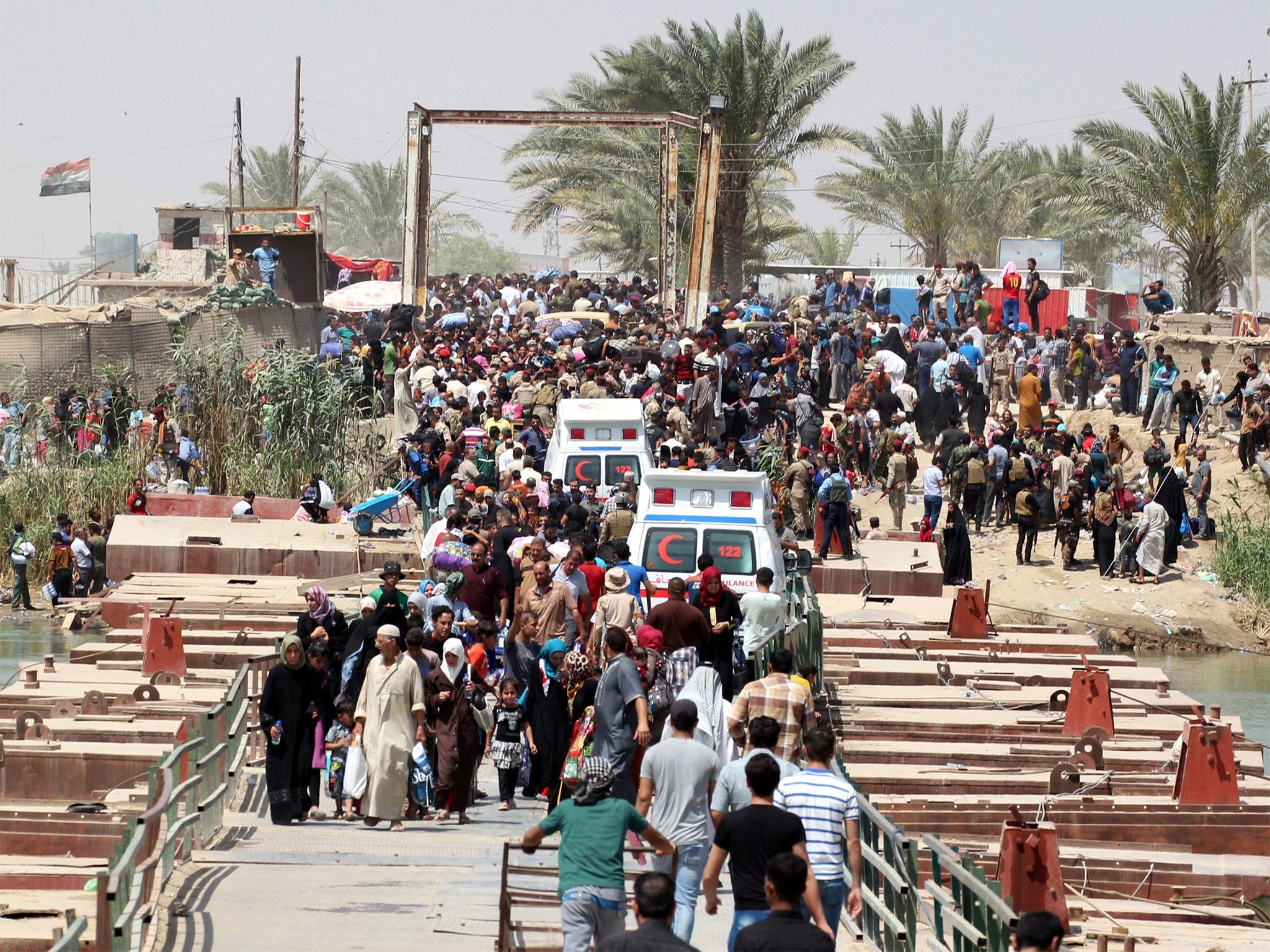Isis seizes Palmyra: Fears for ancient Unesco World Heritage Site as militants take full control of Syrian city
Hundreds of statues were moved to safe locations, but concern remains that jihadists will destroy the ruins – as they have at major archaeological sites in neighbouring Iraq
Your support helps us to tell the story
From reproductive rights to climate change to Big Tech, The Independent is on the ground when the story is developing. Whether it's investigating the financials of Elon Musk's pro-Trump PAC or producing our latest documentary, 'The A Word', which shines a light on the American women fighting for reproductive rights, we know how important it is to parse out the facts from the messaging.
At such a critical moment in US history, we need reporters on the ground. Your donation allows us to keep sending journalists to speak to both sides of the story.
The Independent is trusted by Americans across the entire political spectrum. And unlike many other quality news outlets, we choose not to lock Americans out of our reporting and analysis with paywalls. We believe quality journalism should be available to everyone, paid for by those who can afford it.
Your support makes all the difference.Isis has seized almost full control of the ancient Syrian town of Palmyra after government defence lines collapsed, although it is unclear how close to the famed archaeological site the extremists have advanced.
Syrian state television acknowledged that pro-government forces had withdrawn from the town. Its fall represents a stunning defeat for President Bashar Assad’s forces, just a few days after Isis militants launched their offensive.
It is an enormous loss to the government, not only because of its cultural significance, but because it would open the way for Isis to advance to key government-held areas, including Damascus and Homs.
The ruins at Palmyra, a Unesco world heritage site just to the south-west of the town, are one of the region’s most renowned historic sites and there are fears the extremists will destroy them as they have done after taking major archaeological sites in Iraq.
Palmyra is famous for its 2,000-year-old towering Roman-era colonnades and before the war, thousands of tourists a year visited the remote desert outpost, also known as the “Bride of the Desert”.
“I am terrified,” said Maamoun Abdulkarim, Syria’s director-general of antiquities and museums. “This is a PR battle for Daesh [Isis] and they will insist on scoring a victory against civilisation by destroying” the ancient ruins .
“The fear is for the museum and the large monuments that cannot be moved. This is the entire world’s battle,” Mr Adbulkarim added.

Homs governor Talal Barazzi told The Associated Press earlier that Isis militants had infiltrated overnight into the northern part of Palmyra.
Following setbacks in both Syria and Iraq, Isis fighters appear to have gained a second wind in recent days, capturing Ramadi, the capital of Iraq’s largest Sunni province.
Iraqi forces said they had fought off an overnight attack by Isis near Ramadi, as thousands of displaced people poured into Baghdad.
AP
Subscribe to Independent Premium to bookmark this article
Want to bookmark your favourite articles and stories to read or reference later? Start your Independent Premium subscription today.

Join our commenting forum
Join thought-provoking conversations, follow other Independent readers and see their replies
Comments